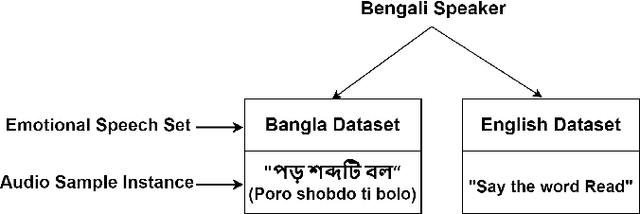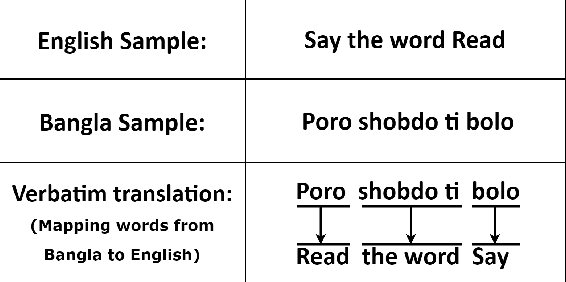Md. Alamin Shaheen
Is Speech Emotion Recognition Language-Independent? Analysis of English and Bangla Languages using Language-Independent Vocal Features
Nov 21, 2021



Abstract:A language agnostic approach to recognizing emotions from speech remains an incomplete and challenging task. In this paper, we used Bangla and English languages to assess whether distinguishing emotions from speech is independent of language. The following emotions were categorized for this study: happiness, anger, neutral, sadness, disgust, and fear. We employed three Emotional Speech Sets, of which the first two were developed by native Bengali speakers in Bangla and English languages separately. The third was the Toronto Emotional Speech Set (TESS), which was developed by native English speakers from Canada. We carefully selected language-independent prosodic features, adopted a Support Vector Machine (SVM) model, and conducted three experiments to carry out our proposition. In the first experiment, we measured the performance of the three speech sets individually. This was followed by the second experiment, where we recorded the classification rate by combining the speech sets. Finally, in the third experiment we measured the recognition rate by training and testing the model with different speech sets. Although this study reveals that Speech Emotion Recognition (SER) is mostly language-independent, there is some disparity while recognizing emotional states like disgust and fear in these two languages. Moreover, our investigations inferred that non-native speakers convey emotions through speech, much like expressing themselves in their native tongue.
 Add to Chrome
Add to Chrome Add to Firefox
Add to Firefox Add to Edge
Add to Edge